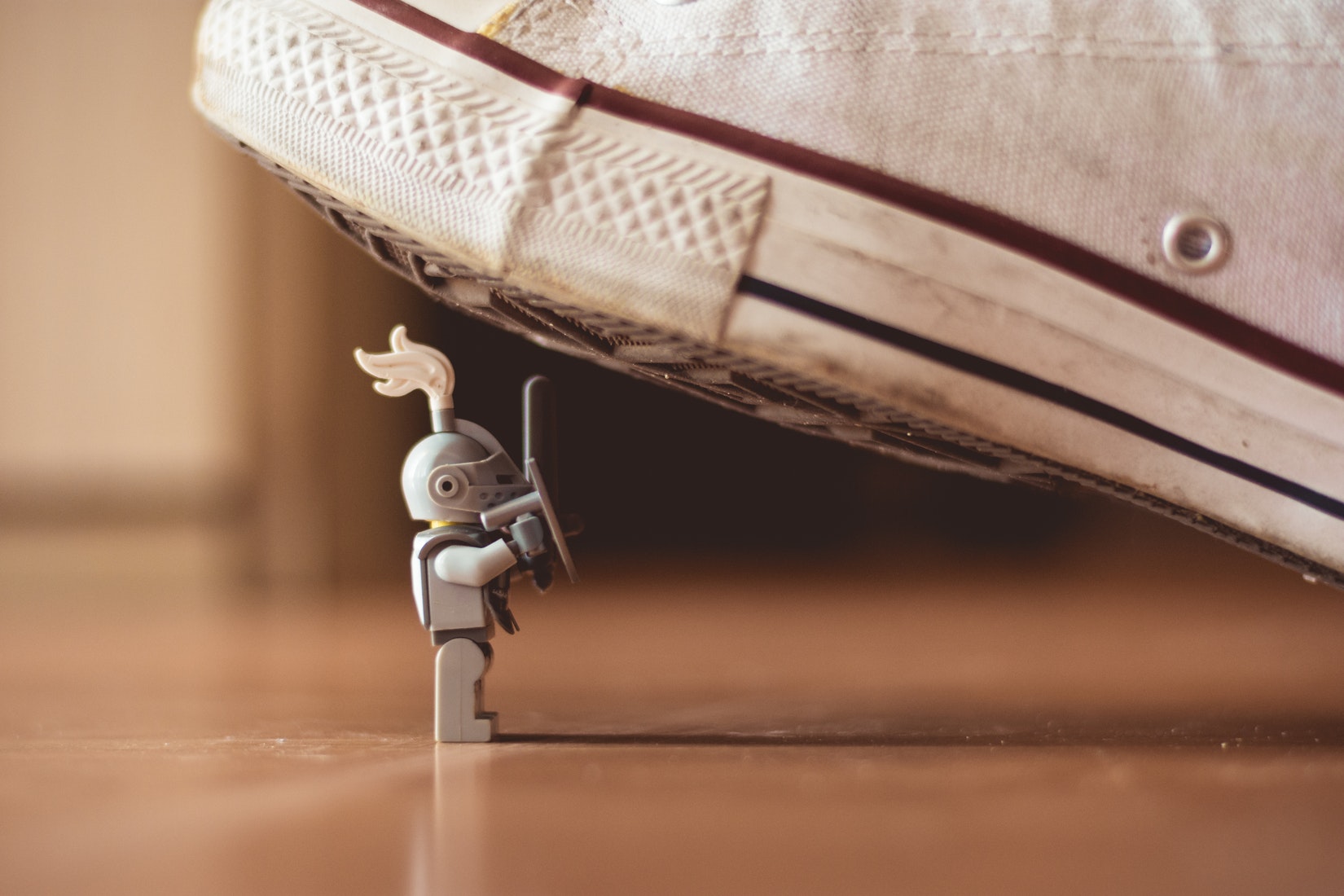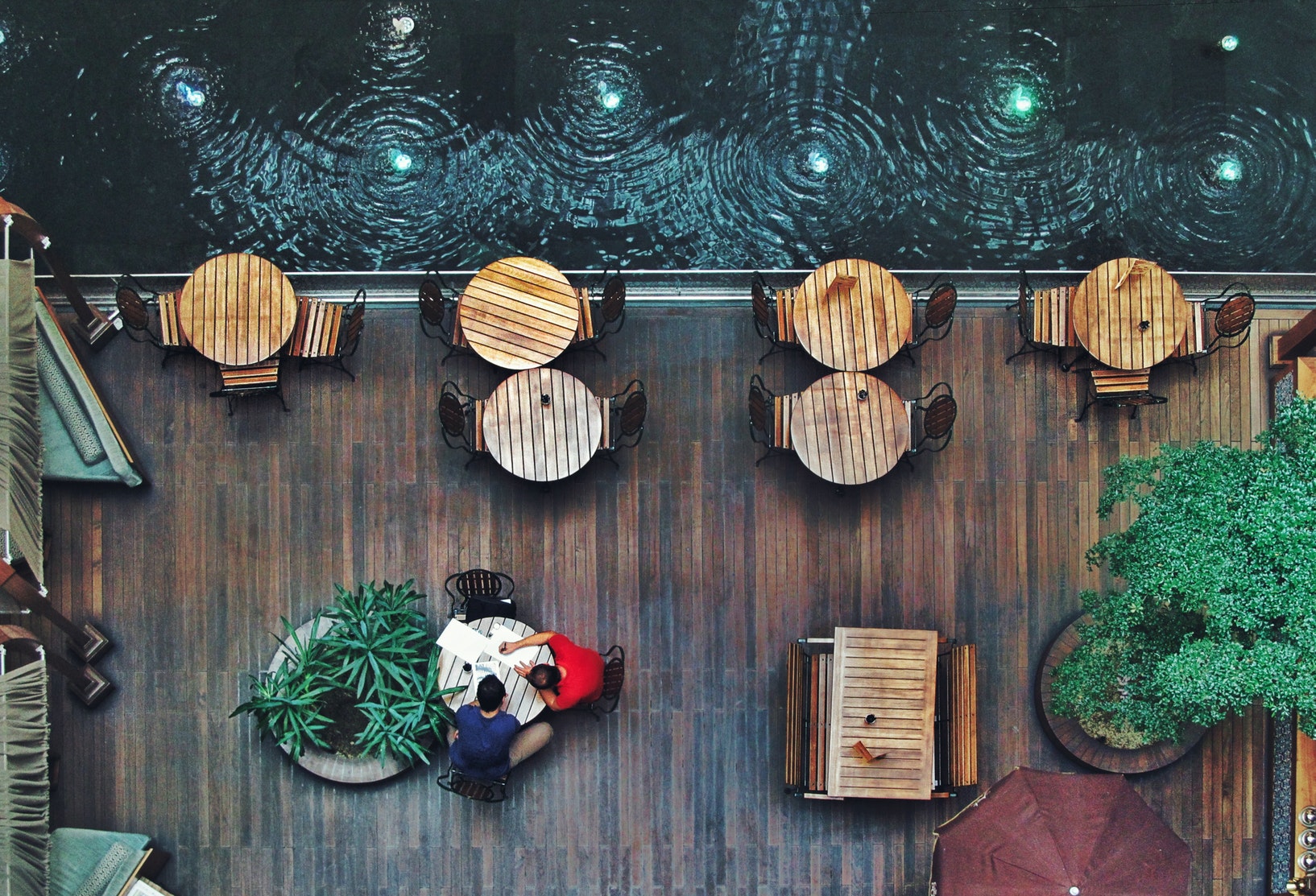Turn threats into opportunities

Being a UX star cannot be improvised.
More than 20 years have passed since Nielsen wrote that low cost usability is our only hope. At the time, the web professions were still in embryonic phase. Today, hundreds of isome designers come out of schools eager for research and user tests in the laboratory. Like them, I expected to observe large-scale experiments. But I had to question my ideals.
On my first assignment, the information systems department I landed in was filled with extremely talented engineers who were intimidated by prioritizing content and drawing on paper.
As a result, some called me THE graphic designer, others ze artist.
At the start of my project, I faced several signs of reluctance towards sharing data relating to users and their uses. The first time by requesting access to the usage statistics of the different platforms to be overhauled, the second when I wanted solicit customer-users through an online questionnaire to better understand their expectations and frustrations.
The mission was shaping up to be eventful and I was beginning to ask me what I was doing there. Moreover, following the first focus group, I realized that the different stakeholders were each trying to gain the upper hand.
I was lucky to be on a B2C-B2E application, whose sponsors, project manager, technical lead and other campus collaborators were already users. The redesign of the application was expected 3 months later on the bedspread by the general management. I felt compelled to abandon my childish idealism and adopt a more pragmatic method in order to make deliveries on time. That's when I started applying Guerilla UX techniques.
INDIVIDUAL INTERVIEWS DIVIDE AND RULE

I decided to tackle the rivalries within the group by dealing with the problems individually.
It is not a question here of sowing discord or opposing trades but of reaching a higher level of empathy.
Sneak into the elevator, grab a coffee or have lunch with each of the project collaborators. Even if some indulge in confessions about the rest of the team, ignore it and remember that this is not the purpose of the interview. This is a very useful way to build empathy and increase trust in yourself. Write down the main and interesting ideas of the project at the end of the interview so as not to break the naturalness of the exchange. The only drawback is that this technique can be difficult to implement if the stakeholders or personas are not near you (you work in a different building or department, etc.)
VIRTUAL INTERVIEW SLACK / SKYPE ARE YOUR BEST ALLIES
I put aside the formality of e-mails and added the stakeholders to my list of friends. To practice guerrilla UX, you must not be afraid to solicit customers at any time in order to clarify points of the individual interview if necessary, or to ask them other questions. the chat is available to you throughout the project and backups are made automatically. You will not have to transcribe the exchange as in the case of individual interviews. Be careful however, discussions in writing can lead to misunderstandings.
FLY ON THE WALL (FOTW) LISTEN AND OBSERVE YOUR USERS
It was easy for me to observe the uses of the application because it was intended for the employees of the group (but not only). I just had to stay in my place with all my senses on alert. Avoid listening your favorite songs during the time you dedicate to this technique. Any action or reaction around you deserves your attention. Last piece of advice: above all, do not intervene.
SKETCHING TRANSLATING REFLECTION
Once all the essential information had been collected, it was time to get your hands dirty. I pulled out my notebook and drew the routes as I imagined them. Don't waste time opening interface design software where you won't be able to quickly bounce back to your designs.
Once the course is transcribed on paper, move with a pencil in the various departments of the collaborators of the project and present your idea to them. If people don't imagine the templates or the sequence of screens as you did, ask them to draw them for you.
Then combine their feedback to iterate as needed.
It is very important to concentrate most of the iterations at this stage of the project. The famous “fail fast fail often” happens here. Afterwards, any modification can be very slow, unless you are a user interface killer. In this case, you can start directly with wireframing.
DIY CARD KIT FASTER AND EASIER THAN DRAWING
Not really good at sketching? It's not serious ! You can use the UX-Zoning cards. They will help you materialize your ideas more easily. Don't hesitate to try off-piste if you can't find what you want among the maps!
WIREFRAMING OR REFINING REFLECTION
Once the iterations of the sketching phase were complete, I was able to clean up my sketches. This step makes it possible to refine the design and make it more understandable to the uninitiated. You can introduce the wording as you go along. At the end of the execution, invite a few users to test the paths in order to bounce back as quickly as possible.
PROTOTYPING AND KING SOLOMON'S JOKER
I finally saw the end of the tunnel. I was just finishing injecting the styles into the wireframes when the craft was still debating which of the 8 tones was most relevant as the main color.
Do not waste time and focus on King Solomon who will put an end to all sterile debate.
My advice to find it, climb the hierarchy and go find that person who shakes hands with the whole open space. She has an unfailing natural authority.
DIY TESTING & HEURISTIC EVALUATION ZERO COST SOLUTIONS
The time has come to test my prototype against users. With 5 employees intercepted on the fly and a maximum duration of 15 minutes per person, you should have the results at the end of the dedicated half-day. You can then carry out the restitution of the heuristic evaluation during the afternoon and thus obtain the corrections to be established on your prototype at the end of the day. In my specific case, it was enough to slow down some animations of the interface.

TAKE AWAY
We delivered the application on time and the general management was able to use it on the scheduled day. At the end of this first mission as a consultant, my project vision had changed.
- I had to detach myself from my ideals of the young designer to become confirmed thanks to the pragmatism of Guerilla UX.
- It is often impossible to spend large sums of money on research and testing, even in large groups. This can be disappointing but at the same time encouraging if, like me, you have the niaque and the taste of the challenge.
Alberto, UX-Designer @UX-Republic
